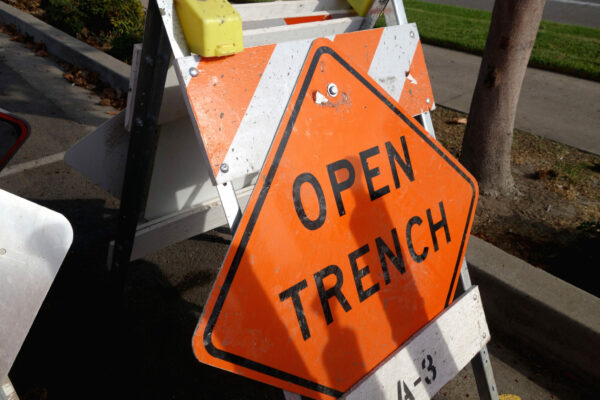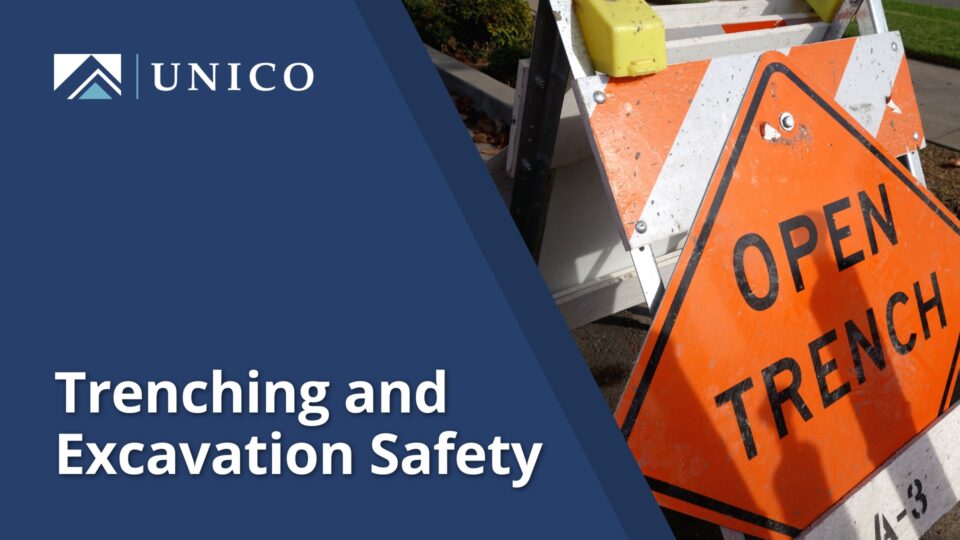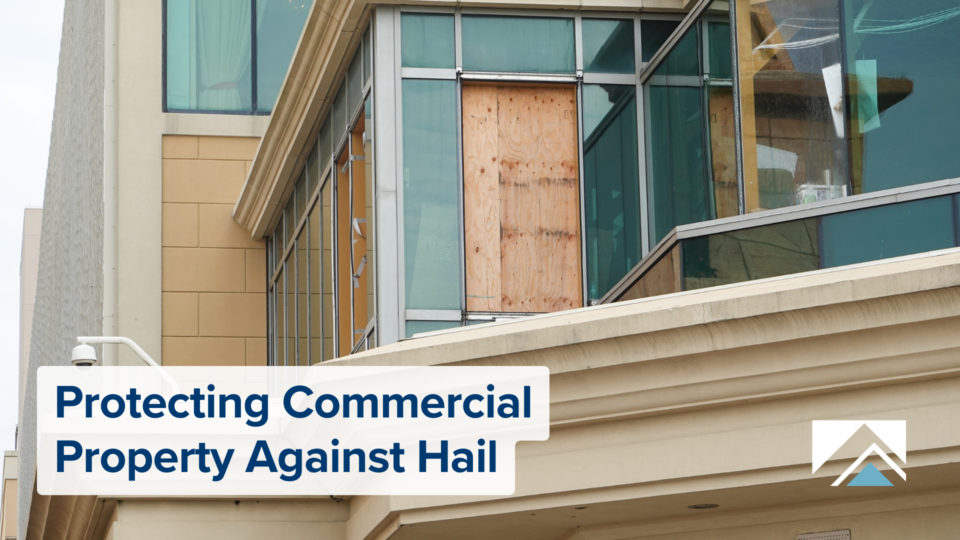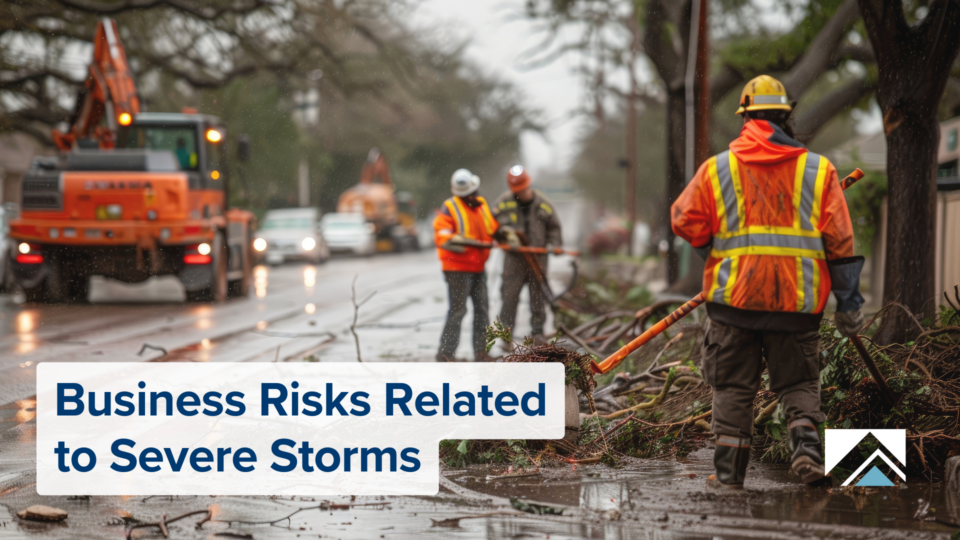Trench collapses result in an average of two worker fatalities each month. Through the implementation of safe work practices and procedures during excavation and trench work, you can avoid unnecessary worksite accidents and injuries.

What’s the Difference Between Excavation and Trench?
Excavation: An excavation is any man-made cut, cavity, trench or depression in an earth surface formed by earth removal.
Trench: Trench (trench excavation) refers to a narrow excavation (in relation to its length) made below the surface of the ground. In general, the depth is greater than the width, but the width of a trench (measured at the bottom) is not greater than 15 feet (4.6 meters).
Dangers of Trenching and Excavation
Cave-ins are the most dangerous and frequently cause worker fatalities in excavation-related accidents. However, other potential hazards include falling loads, falls, incidents involving mobile equipment, and hazardous atmospheres. It’s important to note that one cubic yard of soil is as heavy as a car, and an unprotected trench is essentially an early grave. For your safety, never enter an unprotected trench.
Trenching and Excavation Safety Guidelines
When excavating trenches that are five feet (1.5 meters) deep or deeper, a protective system must be implemented, unless the trench is entirely in stable rock. In cases where the trench is less than five feet deep, a competent person may determine that a protective system is not needed. However, trenches that are 20 feet (6.1 meters) deep or greater require a protective system that is designed by a registered professional engineer or is based on tabulated data prepared and/or approved by a registered professional engineer.
According to OSHA standards, a competent person must inspect trenches daily before work begins, or whenever conditions change, to ensure that excavation hazards are eliminated. This individual must be authorized to take immediate corrective action to address any hazardous, unsanitary or dangerous conditions that may arise.
To ensure the safety of all employees working in trench excavations of 4 feet (1.22 meters) or deeper, OSHA requires that safe access and egress be provided at all times. This includes the use of ladders, steps, ramps, or other safe means of exit, all of which must be located within 25 feet (7.6 meters) of employees at any given time.
General Safety Rules for Trenches and Excavations
- Keep heavy equipment away from trench edges and identify other nearby causes of trench instability.
- Keep excavated soil (spoils) and other materials at least 2 feet (0.6 meters) from trench edges.
- Call before you dig. Locate and mark all underground utilities before digging.
- Inspect trenches at the beginning of every shift and following rain or if any water is present.
- Don’t work under suspended or raised loads and materials.
- Wear high visibility clothing and other applicable PPE (Personal Protective Equipment) while working in or near a trench.
Types of Protective Systems for Excavations
When it comes to protecting workers from cave-ins during excavations, there are several methods that can be utilized.
- Benching: This involves excavating the sides of an excavation to create horizontal levels or steps, with vertical or near-vertical surfaces between levels. However, it’s important to note that benching cannot be used in Type C soil.
- Sloping: This method requires cutting back the trench wall at an inclined angle, moving away from the excavation.
- Shoring: Here, aluminum hydraulic or other support systems are installed to prevent soil movement and cave-ins.
- Shielding: Trench boxes or other supports are implemented to protect workers from soil cave-ins.
Creating an effective protective system can be challenging as several factors must be considered, such as soil classification, depth of cut, water content of the soil, changes due to weather or climate, surcharge loads and other operations nearby.
Related OSHA Safety and Health Topics
Visit OSHA’s Safety and Health Topics web page on trenching and excavation at:
Source: OSHA Fact Sheet: Trenching and Excavation Safety, Occupational Safety and Health Administration




